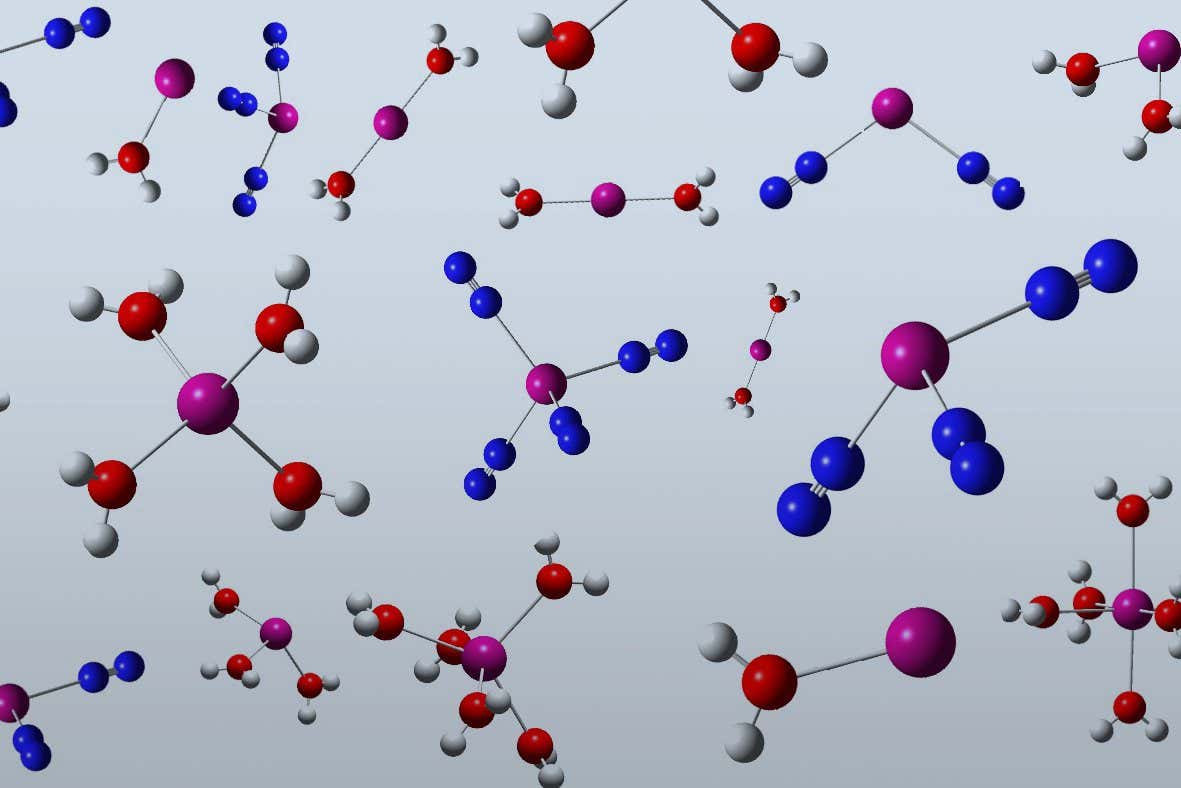In an unprecedentedly precise accelerator experiment, researchers directly observed how some of the heaviest known elements react and form molecules
By Karmela Padavic-Callaghan
8 August 2025
The heaviest atom observed forming a molecule
David Dixon, Sarah Sprouse/The University of Alabama; Jennifer Pore/Berkeley Lab
Researchers have directly observed the heaviest atom yet participating in a chemical reaction and forming a molecule. The finding pushes “superheavy” chemistry, which involves extremely massive radioactive elements, to a new level – and could even lead to a rearrangement of the periodic table.
Read more
Quantum experiment rewrites a century-old chemistry law
Some exotic chemical elements are hard to experiment with, which makes it difficult to determine their proper placement within the periodic table. For instance, the radioactive element copernicium is placed among a group called the transition metals, but it behaves more like noble gases, which belong in a different section.
This problem may affect elements at the table’s very bottom too, heavy and radioactive atoms called actinides, says Jennifer Pore at the Lawrence Berkeley National Laboratory in California. To check the properties of actinides, she and her colleagues carried out a chemical reaction that created a molecule containing the heaviest actinide, nobelium, which is element 102.
To make the element, the researchers used a particle accelerator that smashed a beam of very energetic calcium atoms into a chunk of lead. Nobelium atoms emerged in the aftermath of this collision and reacted with nitrogen and water molecules in the air. A fast-acting detector, similar to a particle-sensing machine called a mass spectrometer, then identified the resulting molecules more precisely than in any past attempt to do superheavy chemistry.
Next, the team re-ran their experiment with a chunk of thulium instead of lead. This created an actinide called actinium, which is element 89. By comparing how easy it was for water to stick to actinium versus nobelium, the researchers confirmed that the two elements behave similarly enough to belong in the same row of the periodic table.
